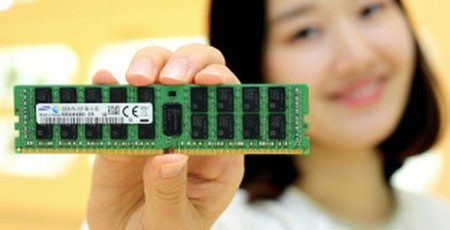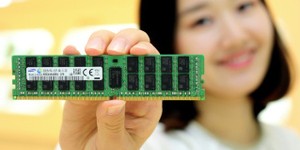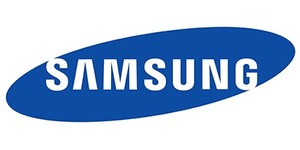
Continuing on from DigiTimes' reports of memory prices fluctuating and falling soon, TrendForce has conducted further investigations into the market and found that memory prices are indeed expected to drop.
In a study, TrendForce looked at how there was an upturn in DRAM contract prices that began at the start of 2020 and was primarily led by server DRAM. Then the COVID-19 pandemic hit in the second quarter of 2020 and changed a few things. Initially, OEMs maintained or increased their procurement of components in case of any disruptions in the supply chain further down the line. That led to global DRAM revenue increasing by 15.4 percent quarter on quarter in the second quarter of 2020 rising to $17.1 billion.
However, that now means that server OEMs now have a rather high level of DRAM inventory having effectively stockpiled for two quarters in the row. To further create issues in the market, customers of enterprise servers are holding back due to an increasingly bleak and uncertain economic outlook meaning the stock isn't being sold.
TrendForce reckons that's going to lead to price drops in the third quarter, as well as a downturn for the memory industry. That's a far cry from how things were for DRAM suppliers beforehand. Previously, Samsung, SK Hynix and Micron all reported strong revenue results for the second quarter but such upswings may change in the future. TrendForce currently predicts that Micron may be able to slightly raise its market share due to being able to adopt a more aggressive pricing policy but that's about it.
It's expected that the pandemic will continue to affect demand for a while to come so such companies will need to adjust and compensate for a change in the economy, while also tweaking their technology plans to ensure progress is still made.
Alongside such news is also a new report from DigiTimes that suggests that Korean memory makers are seeking a surge in chip output value. That, of course, includes Samsung and SK Hynix again, with the general consensus being that demand there has increased due to 5G handset demands after a smartphone lull, and with new games consoles arriving soon.
It's a tricky course to charter right now for all the memory manufacturers. While stockpiling was likely to create such results, there's still the matter that the pandemic isn't going anywhere just yet and such companies need to be ready to adapt to a changing focus again. Like much of the world right now, there's plenty of analysis and speculation but an uncharted path forward for companies.

MSI MPG Velox 100R Chassis Review
October 14 2021 | 15:04








Want to comment? Please log in.